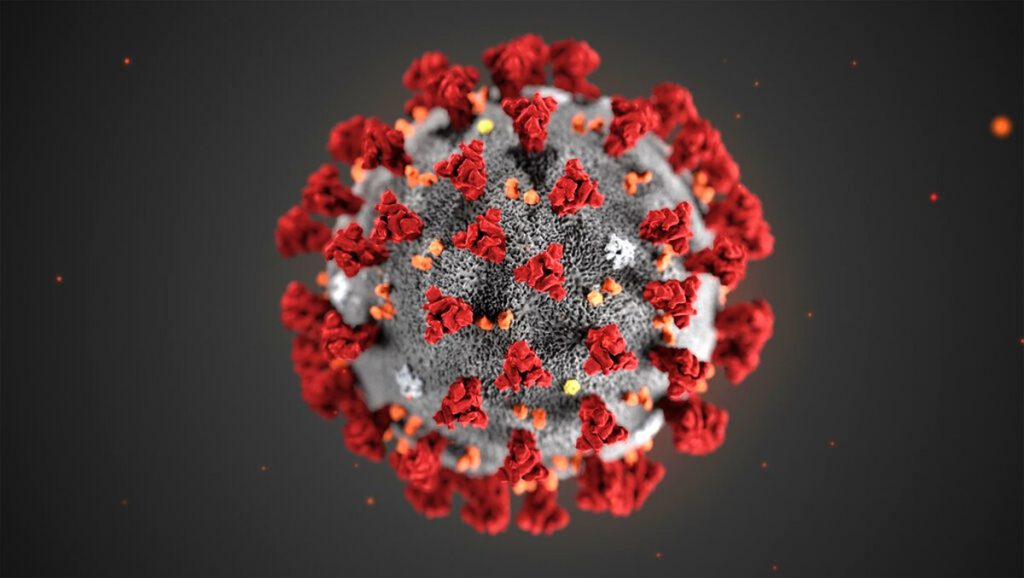New COVID-19 Boosters Available for Children
Top county health official discusses booster safety, urges vaccination.
The new bivalent COVID-19 boosters were approved for use with children as young as five this month.
The updated vaccines offer protection from both the original strain of the COVID-19 virus and the highly contagious Omicron sub-variants that have driven elevations in disease levels at various times over the past year.
“And that’s now easier to do as a family unit with the bivalent booster available all the way down to five years old,” he said Tuesday.
There are two bivalent boosters that have been approved by the Food and Drug Administration and the Centers for Disease Control and Prevention (CDC). The Pfizer vaccine has been approved for anyone five years and older and another by Moderna has been approved for anyone six years and older.
“So that means anyone five and older, who’s at least two months out from their last COVID vaccine dose, or three months out from their last COVID infection can and should get boosted,” Weston said.
The new bivalent boosters are mRNA vaccines, just like the originals. The only difference is that they were developed with “a change in the recipe” to produce immunity specifically for the newer variants of COVID-19, Weston sad. This vaccine technology, mRNA, “have been shown to be incredibly safe across all age groups,” he said.
“So let’s talk a few facts here. The group that is really at any appreciable risk here is young men, typically aged 16 to 24,” Weston said. “Now even in that specific age group, we see myocarditis in about one to two people out of every 10,000 vaccinated; that’s extremely rare, and even when it does happen, it’s typically very mild, and it resolves with ibuprofen. The risk of myocarditis, however, from COVID infection is much, much higher.”
Weston explained that the reason it’s important to get boosted is because vaccine immunity wanes over time, adding “sometimes our immune system needs a reminder.” He said that diseases have vaccines where immunity lasts a lifetime. Others, like influenza and tetanus require regular immunity boosts. Weston also noted that while children are less likely to have a severe reaction to COVID-19, they don’t live in isolation from older and at-risk family members and community members who are more vulnerable to the disease.
But, federal funding for COVD-19 vaccination will run out by the end of the year, as Urban Milwaukee has reported. Asked whether he thought people should access free boosters regardless of the date of their last infection, Weston said, “If we’re talking a zero sum game here, and it’s either you’re going to get the booster or you’re not going to get it after Jan. 1; personally, I’d go ahead and get the booster. But I’m hopeful that there’ll still be resources out there to get the booster even after Jan. 1.”
The recent public messaging push by public health officials encouraging vaccination is influenced in part by the new COVID-19 variants arising around the world, and the uncertainty they bring to the public health landscape. There are a number of variants out there, and it’s only a matter of time until one becomes the new dominant variant accounting for the majority of cases.
“Now what this will mean from a clinical standpoint, so whether it’ll lead to increases in severe disease, and hospitalizations, or be more substantially immune evasive in the community, is yet to be seen,” Weston said. “And we likely won’t know that for several weeks, until one of these variants becomes more prevalent in the community.”
More about the Coronavirus Pandemic
- Governors Tony Evers, JB Pritzker, Tim Walz, and Gretchen Whitmer Issue a Joint Statement Concerning Reports that Donald Trump Gave Russian Dictator Putin American COVID-19 Supplies - Gov. Tony Evers - Oct 11th, 2024
- MHD Release: Milwaukee Health Department Launches COVID-19 Wastewater Testing Dashboard - City of Milwaukee Health Department - Jan 23rd, 2024
- Milwaukee County Announces New Policies Related to COVID-19 Pandemic - David Crowley - May 9th, 2023
- DHS Details End of Emergency COVID-19 Response - Wisconsin Department of Health Services - Apr 26th, 2023
- Milwaukee Health Department Announces Upcoming Changes to COVID-19 Services - City of Milwaukee Health Department - Mar 17th, 2023
- Fitzgerald Applauds Passage of COVID-19 Origin Act - U.S. Rep. Scott Fitzgerald - Mar 10th, 2023
- DHS Expands Free COVID-19 Testing Program - Wisconsin Department of Health Services - Feb 10th, 2023
- MKE County: COVID-19 Hospitalizations Rising - Graham Kilmer - Jan 16th, 2023
- Not Enough Getting Bivalent Booster Shots, State Health Officials Warn - Gaby Vinick - Dec 26th, 2022
- Nearly All Wisconsinites Age 6 Months and Older Now Eligible for Updated COVID-19 Vaccine - Wisconsin Department of Health Services - Dec 15th, 2022
Read more about Coronavirus Pandemic here
MKE County
-
RNC Will Cause Some County Services To Be Moved to Wauwatosa
 Jul 12th, 2024 by Graham Kilmer
Jul 12th, 2024 by Graham Kilmer
-
Hank Aaron State Trail Will Be Closed For RNC, State Fair
 Jul 12th, 2024 by Graham Kilmer
Jul 12th, 2024 by Graham Kilmer
-
MCTS Designing New Bus Shelters
 Jul 10th, 2024 by Graham Kilmer
Jul 10th, 2024 by Graham Kilmer






















